7 AI Agent Frameworks You Should Know in 2025 (and Why They Matter)

Kasturi Goswami
May 05, 2025
15 min
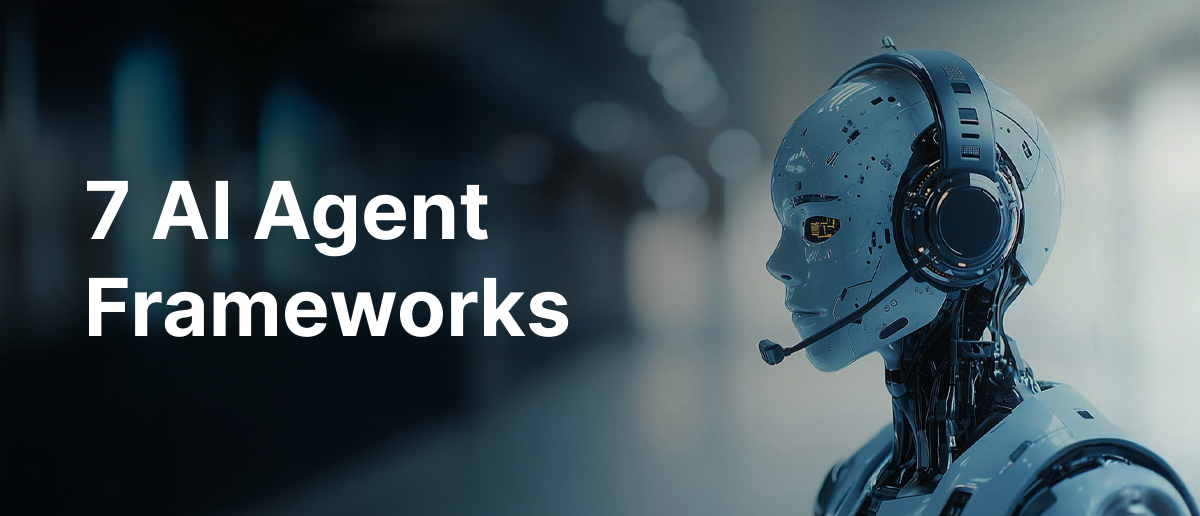
Table of Contents
What are AI agent frameworks?
These are software tool kits and libraries for developers to build autonomous agents or semi-autonomous agents powered by LLMs, i.e., systems that can take multiple steps, handle tasks like memory management and tool integration, and adapt to changing goals.
Why are AI agent frameworks important?
These are software tool kits and libraries for developers to build autonomous agents or semi-autonomous agents powered by LLMs, i.e., systems that can take multiple steps, handle tasks like memory management and tool integration, and adapt to changing goals.
In 2025, AI agents aren’t some experimental idea tucked away in research labs. Nor are AI agent frameworks just buzzwords anymore.
If you’re building products, running CX teams, scaling growth, or just trying to make better decisions faster, knowing the right frameworks isn’t optional anymore.
But despite that, honestly, most businesses don’t care about frameworks for the sake of frameworks.
They care because something critical is breaking behind the scene for them. It might be slow responses, overwhelmed teams, lost customers, or simply a bad customer experience.
Why AI Agent Frameworks are the Backbone of Modern CX Success
In general, if you look at it from a selection perspective, you can agree to the fact that the right framework is about the ability to connect, adapt, and scale around what really matters for your business, i.e., the customer.
Without a strong underlying framework, AI agents risk becoming short-term patched solutions.
Let’s understand this better with the story of two friends running a premium playing cards boutique on Instagram.
Their designs were stunning, and orders were growing. But so were the DMs.
Every day, their inbox was flooded with repeat questions:
“Do you ship internationally?”
“What’s the price for bulk orders?”
“Can I customize a deck for gifting?”
They were spending hours answering the same things. And in the chaos, genuine leads slipped through.
Instead of hiring a full-time support rep, they picked an AI agent framework.
Within a day, they had a GPT-based assistant live on WhatsApp and Instagram. It handled common questions, guided users to their catalog, and booked call slots for custom designs.
In less than a month, their response time dropped from 6 hours to under 10 minutes, and their business saw a 80% growth in sales.
They didn’t need to “build” AI, just choose the right framework for their small, growing business.
Top AI Agent Frameworks
Now, if you’re choosing your first framework, or just looking to switch to something smarter, this is the part to pay attention to.
Deciding on the right one for your CX success involves posing clear questions as to knowing what they actually do, where they fit best, their strengths and weakness, their and contribution to actual business outcomes.
It is this knowledge that will eventually be your differentiating factor.
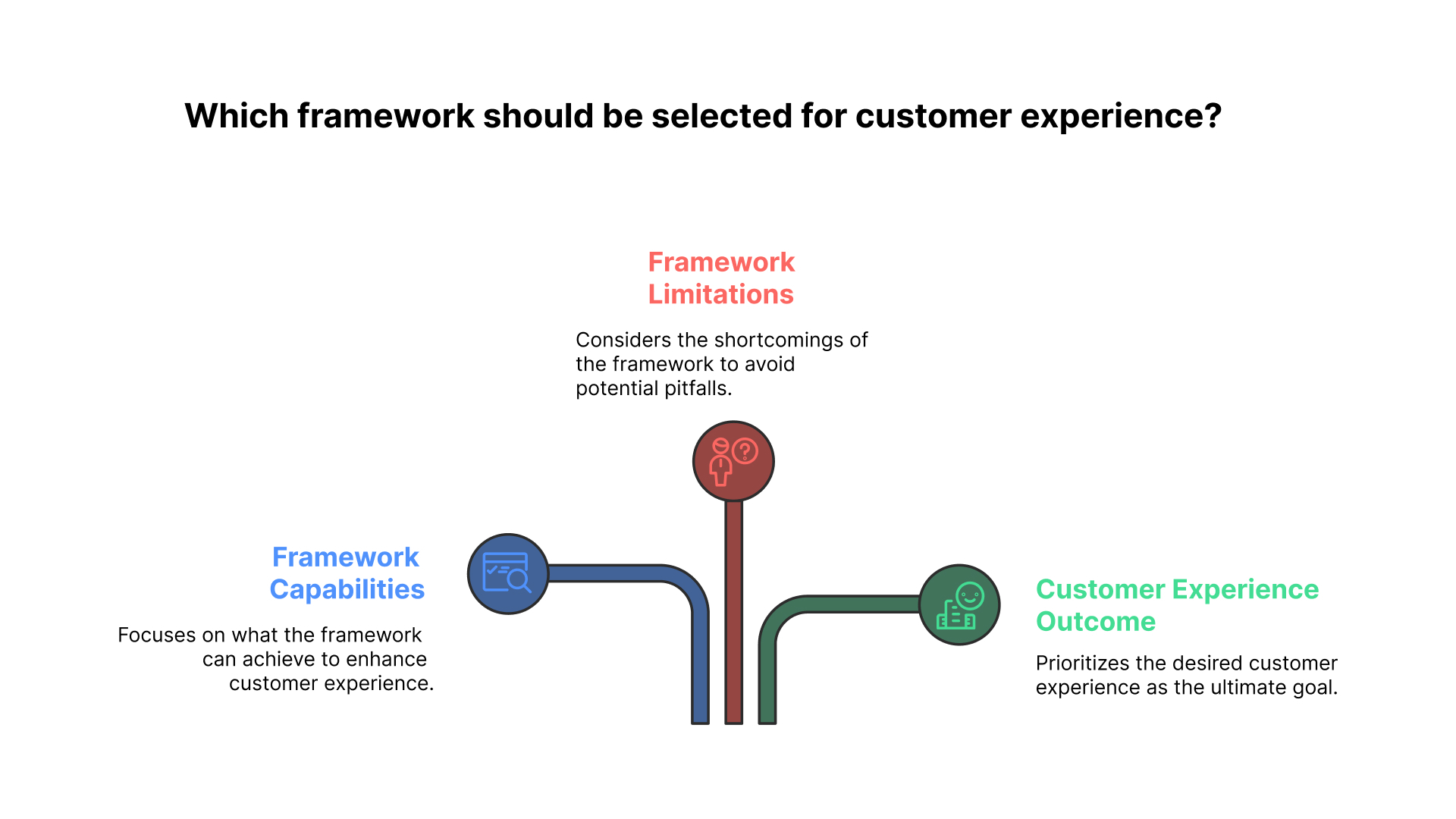
What are the best AI agent frameworks right now?
1. LangChain – Modular and open-source, ideal for chaining tools, using memory, and building Retrieval-Augmented Generation (RAG) systems.
2. AutoGen (Microsoft) – Ideal for multi-agent conversations, autonomous tool use, and collaborative task completion.
3. LangGraph– Best for complex workflows where agents need to make decisions based on dynamic paths.
4. CrewAI – Great for multi-step tasks like research, content generation, or planning.
5. Microsoft Semantic Kernel – Combines embeddings, memory, and native planner tools. Ideal for building smart assistants that learn and evolve.
6. OpenAI Agents SDK – Native framework for creating GPT-4 powered agents.
7. Smol Agents – Lightweight, transparent framework for building agents with tight control over memory, reasoning, and behavior; perfect for developers who want simplicity and customization.
1. LangChain
If you’ve heard anything about AI agent frameworks lately, chances are you’ve come across LangChain.
Launched in 2022 by Harrison Chase, LangChain quickly became one of the fastest-growing open-source projects on GitHub. Even in 2025, it remains one of the most trusted names for AI orchestration.
Where LangChain stands out:
- Multi-model coordination: Different tasks can use different AI models within one system.
- External integrations: APIs, vector databases, third-party knowledge bases — all can be stitched in easily.
- Prototyping to enterprise: Start lean, then layer complexity as needed.
But here’s why it matters for real-world businesses:
LangChain acts like an operating layer between large language models (LLMs) and external tools (APIs, databases, custom functions) allowing you to orchestrate entire AI workflows without having to manually stitch every connection together.
In simple terms:
If you want your AI to not just generate answers but pull live data, access memory, or interact across multiple systems, LangChain is often the first real infrastructure you need.
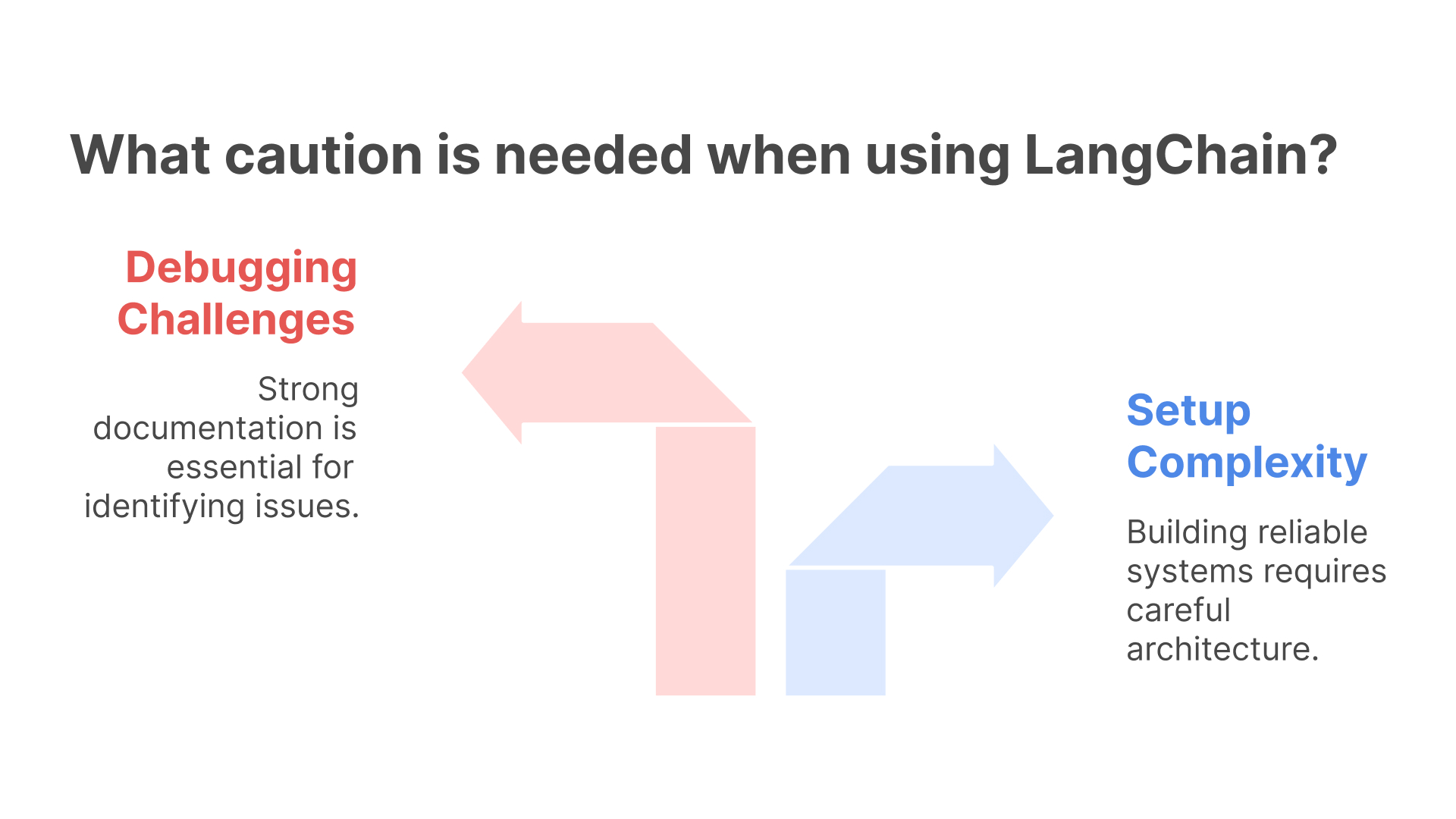
Smart use tip:
Start with small modular chains, like building a single flow that answers FAQs or pulls order history. Scale step-by-step. Trying to launch a full multi-step agent system on day one often leads to messy architectures that are hard to untangle later.
2. AutoGen
When people think about AI agents today, most imagine a single chatbot or assistant. AutoGen, created by Microsoft Research, challenges that idea.
It introduces the concept of multi-agent collaboration — where different AI bots, each with their own roles, interact and work together to complete complex tasks.
Imagine a project where:
- One agent gathers data
- Another agent summarizes findings
- A third recommends the next action based on strategy
AutoGen makes that system possible.
Instead of building one giant AI that tries to do everything, you can design multiple specialized AI agents that work as a real team.
Where AutoGen stands out:
- Role-based agents: Different bots take on different responsibilities, making complex workflows more efficient.
- Faster interaction: With streaming outputs, agents can start delivering results even while still processing, ideal for time-sensitive applications.
- Safety layers: AutoGen uses sandboxing and execution controls to prevent rogue behavior during complex task runs.
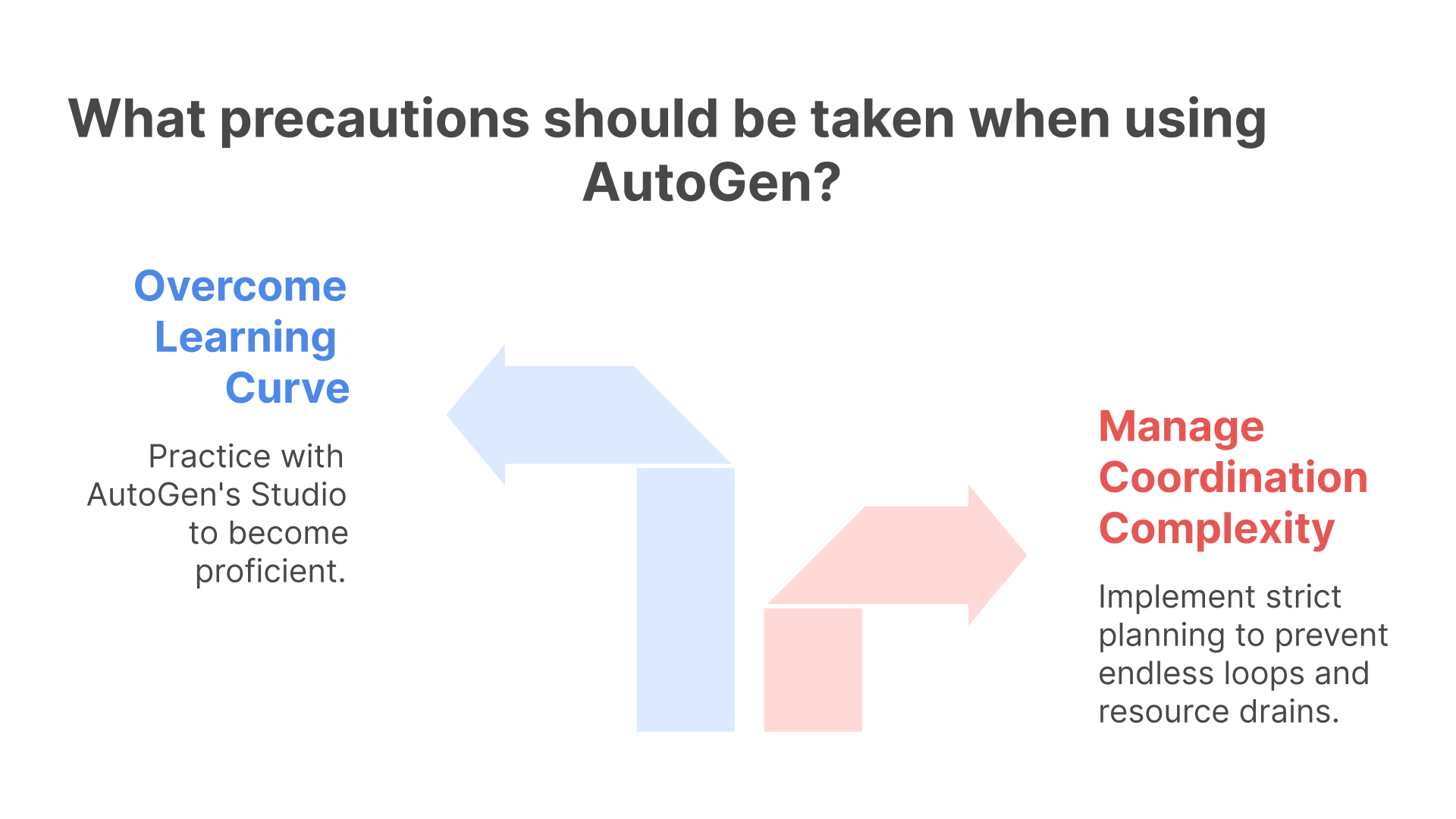
Real-world fit:
Mid-sized SaaS companies often deploy AutoGen to triage internal support tickets.
Instead of swamping human IT and HR teams, agents manage password resets, answer policy queries, and escalate only the nuanced cases to real humans.
The result?
Faster resolutions, happier employees, and more time for the internal teams to focus on strategic improvements.
Smart use tip:
Before deploying AutoGen, map your task flows clearly. Define exactly what each agent does and where human escalation should occur. Otherwise, the system might confuse efficiency with over-automation.
3. LangGraph
If LangChain helps you link AI tasks step-by-step, LangGraph takes it a level deeper.
It lets you design dynamic, flexible workflows where AI agents don’t just move linearly but make smart decisions, revisit earlier steps, and adapt as conversations evolve.
In simple terms:
Instead of a straight road, LangGraph builds you an intelligent map. One where agents can navigate curves, crossroads, and shortcuts based on real-time needs.
Where LangGraph stands out:
- Graph-based architecture: AI actions are connected like a network, not a chain. Agents can move forward, loop back, or change paths dynamically.
- Memory and state sharing: LangGraph enables agents to access and update shared knowledge, making multi-step decision-making smoother.
- Clear visual debugging: LangGraph Studio provides an interface to design and troubleshoot agent logic without getting lost in tangled code.
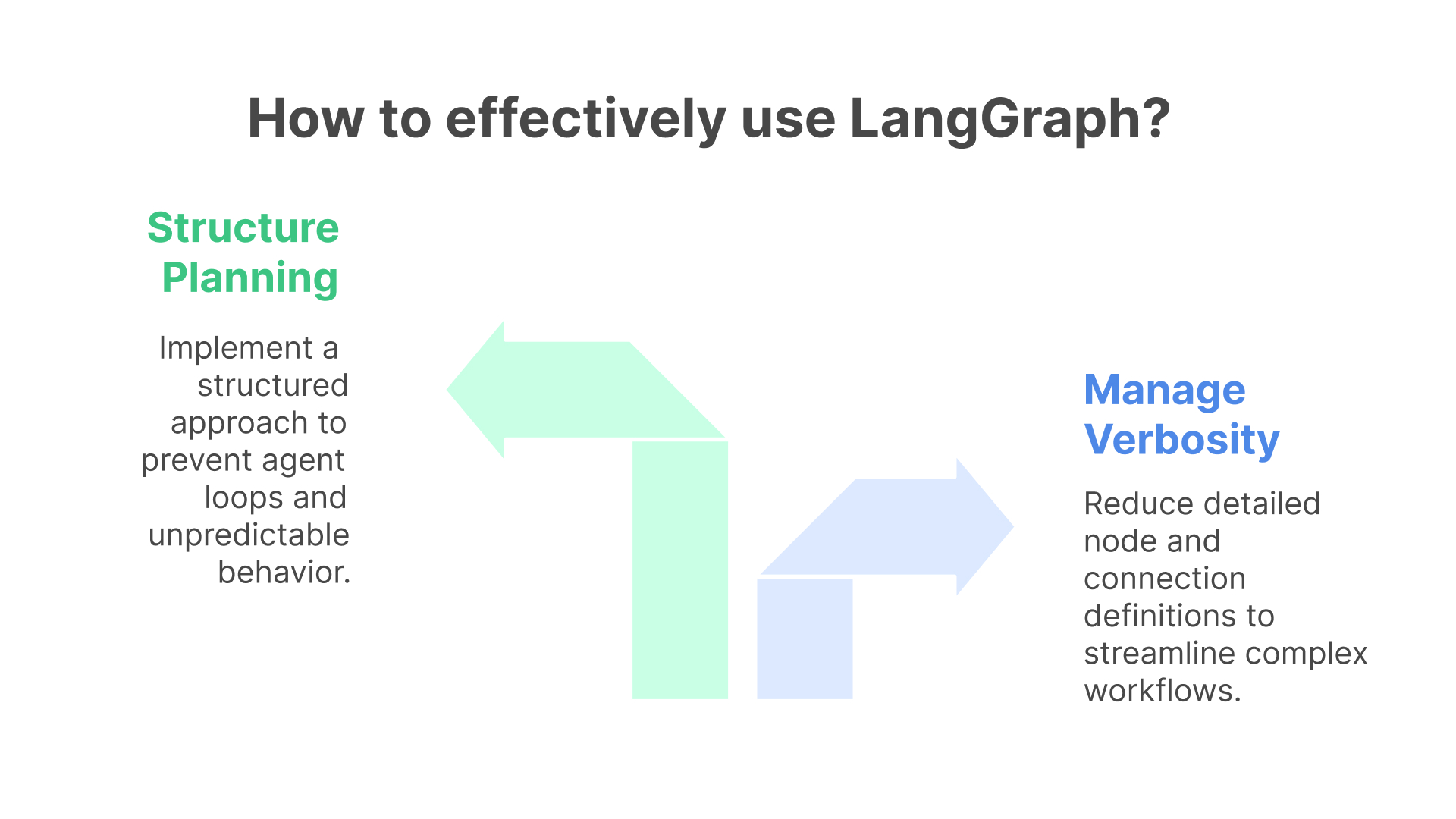
Real-world fit:
Companies building AI customer service bots love LangGraph for one reason. It lets them design bots that don’t just escalate at the first hint of confusion but actually try, adapt, and personalize their responses based on conversation flow.
Imagine a bot that remembers what a customer asked five steps ago and adjusts its suggestions accordingly.
That’s LangGraph in action.
Smart use tip:
If your AI needs to handle complex decision trees like troubleshooting tech support issues or tailoring e-commerce recommendations, LangGraph gives you the flexibility that linear frameworks often can’t match.
4. CrewAI
Most AI agent systems focus on what an agent does. CrewAI takes it a step further — focusing on who the agent is.
It allows you to create AI teams where each agent has a defined role, a personality, even a memory of past interactions.
You’re not just launching bots.
You’re orchestrating a collaborative crew that can tackle projects the way real human teams would.
Where CrewAI stands out:
- Role-based behavior: Assign roles like "Analyst," "Editor," "Strategist," making agent behavior feel organized, not random.
- Memory and context: Agents remember conversations and decisions across sessions, leading to more coherent long-term interactions.
- Built for CX applications: Particularly strong for customer service, marketing automation, and any use case where multiple skills must blend smoothly.

Real-world fit:
Imagine building an AI team to handle customer onboarding:
- An "Advisor" agent explains product features.
- A "Troubleshooter" agent solves early friction points.
- A "Strategist" agent recommends upsell paths based on customer behavior.
CrewAI lets companies design this setup with less engineering friction, bringing human-like fluidity to their AI operations.
Smart use tip:
Before jumping into CrewAI, map out your real-world teams first.
- What human roles already exist?
- Which tasks are repetitive enough to automate?
CrewAI shines brightest when mimicking good human team dynamics, not just random delegation.
5. Microsoft Semantic Kernel
If LangChain and CrewAI help you build agents that interact and collaborate, Semantic Kernel helps your AI think, remember, and act within enterprise systems: securely and at scale.
Developed by Microsoft, Semantic Kernel isn’t just about smarter conversations.
It’s about letting AI agents trigger real-world actions, like updating customer records, sending emails, booking meetings, or querying internal databases — without losing context.
Where Semantic Kernel stands out:
- Stateful memory: AI can remember past decisions, inputs, and outputs across different sessions and tasks.
- Deep integration: Built to plug into calendars, CRMs, cloud databases, Microsoft 365 apps, and custom APIs.
- Strong security and governance: Enterprise-grade compliance, crucial for companies where data privacy isn’t optional.

Real-world fit:
For enterprises embedding AI into existing workflows — not replacing them — Semantic Kernel is a natural choice.
Example:
An insurance company integrates Semantic Kernel to help their internal AI assistant:
- Schedule customer calls by syncing calendars
- Pull claims data from legacy systems
- Automatically draft policy updates
All while following strict compliance and audit trails.
Semantic Kernel isn’t just about talking smarter.
It’s about working smarter, automating faster, and operating safer inside real-world systems.
Smart use tip:
If you’re building an AI solution that must coexist with human workflows (not replace them), start thinking early about:
- what business actions your AI needs to trigger
- how you'll log and track those events for accountability.
6. OpenAI Agents SDK
When OpenAI launched its Agents SDK, it wasn’t just adding another toolkit.
It was a clear signal: the future isn’t single AI models, but multi-agent AI systems that coordinate, reason, and act with minimal human hand holding.
The OpenAI Agents SDK gives developers everything they need to build autonomous agent teams on top of GPT-4, offering features like memory, handoffs between agents, tool usage, and critical guardrails.
Where OpenAI Agents SDK stands out:
- Native multi-agent collaboration: Built from the ground up to allow agents to hand over tasks, consult others, and complete multi-step actions.
- Built-in guardrails: Systems for validating inputs and outputs, minimizing risks of hallucinations or unsafe actions.
- Deep traceability: You can audit every decision, every tool call, and every action an agent makes — crucial for debugging and compliance.
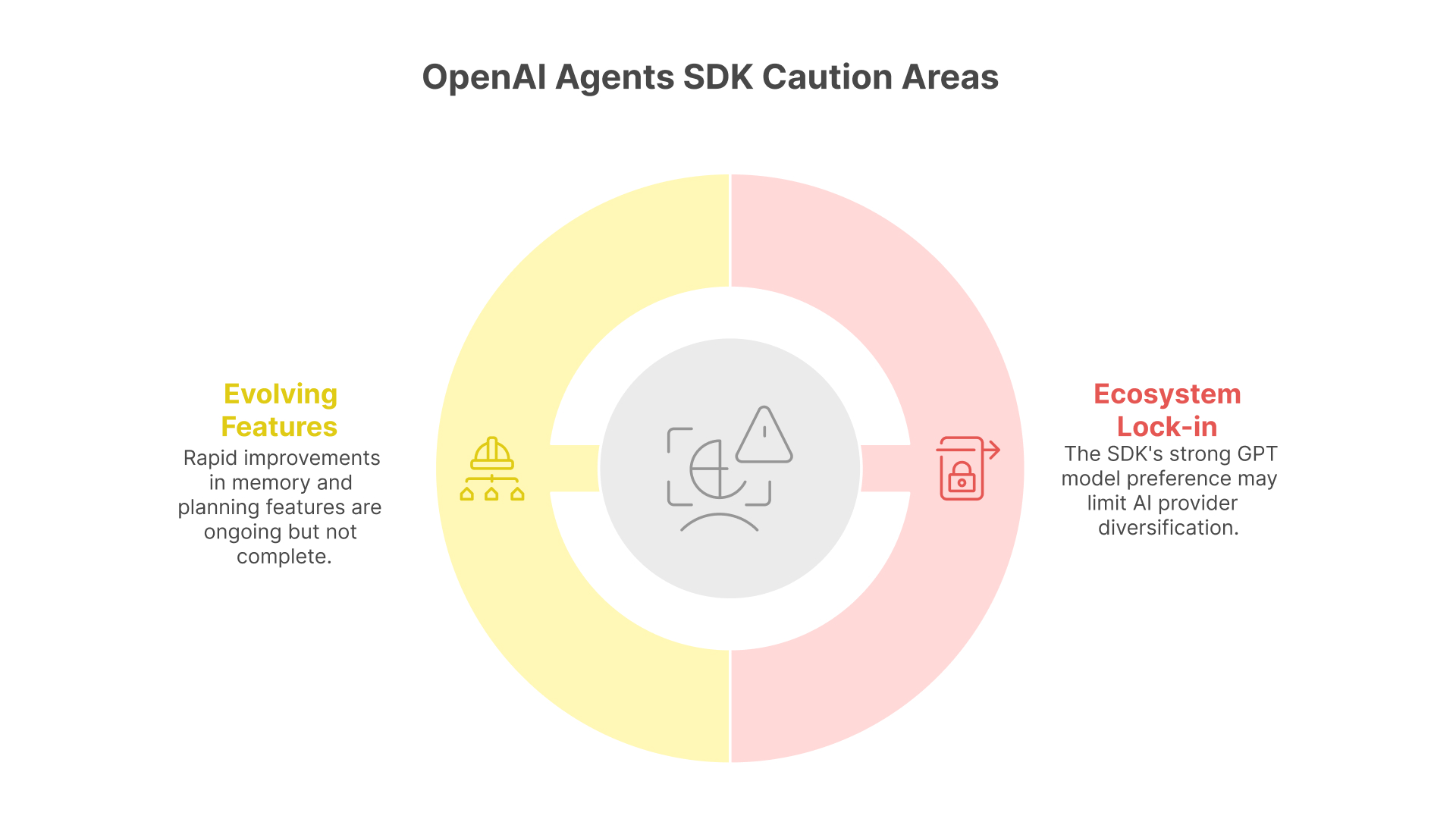
Real-world fit:
Imagine a fast-scaling SaaS startup using OpenAI Agents SDK to:
- Triage customer inquiries
- Pull documentation from private databases
- Suggest personalized onboarding steps
- Escalate complex cases to human success teams
All handled without overwhelming human agents — and with full traceability for quality assurance.
Done right, OpenAI Agents SDK acts less like a chatbot toolkit and more like an AI operations team in a box.
Smart use tip:
Before deploying an Agents SDK system, map two things carefully:
- Tool access: Which APIs, databases, or platforms your agents will need.
- Human escalation points: Where you want human review inserted to prevent AI overreach.
Design for transparency first. Scale second.
- Good guardrails for input/output validation
- Smooth handoff management between agents
- Native, deep tracing for real debugging
Tidbit
Before the Agents SDK, OpenAI had an experimental agent framework called Swarm. It was simpler but lacked:7. Smol Agents
While many AI frameworks aim for scale, Smol Agents takes a different path — simplicity, transparency, and lightweight control.
Born from Hugging Face’s open-source community, Smol Agents is designed for developers and small teams who want full visibility into how their AI agents reason, act, and evolve — without heavyweight architecture or hidden black boxes.
Where Smol Agents stands out:
- Lightweight and understandable: Under 10,000 lines of code — you can actually read the framework, not just use it.
- Code-first flexibility: Agents are programmed directly through Python, not rigid configuration files. You decide how they think.
- Strong for rapid prototyping: Perfect for indie projects, academic experiments, or teams building very custom agent behavior fast.

Real-world fit:
Think about a startup founder prototyping a smart lead-qualifier bot that dynamically adapts questions based on customer input.
Or an AI hobbyist building a virtual game master that can improvise storylines.
Smol Agents gives these builders a raw, powerful foundation, without all the corporate scaffolding that often slows down experimentation.
Smart use tip:
Smol Agents rewards developers who enjoy direct coding control.
If your project needs fast iteration, deep customization, and full transparency into agent logic, this might be the perfect playground.
If you’re aiming for polished production systems later, plan early how you’ll scale beyond it.
Emerging Frameworks to Watch
While the big players like LangChain and AutoGen dominate most conversations, several emerging frameworks are quietly building niche power — especially for specialized use cases.
Here’s a snapshot of newer frameworks worth keeping on your radar:
| Framework | Specialty | Best For |
|---|---|---|
| LlamaIndex | Custom knowledge retrieval from private databases | Data-driven AI agents needing deep context access |
| Superagent | Full deployment toolkit (monitoring/versioning included) | Production-scale AI operations needing traceability |
| ReAct (methodology) | Blending reasoning with action in multi-step workflows | Agents making complex, multi-layered decisions |
| Lyzr | Prebuilt AI agent templates for marketing, ops, and service | Business teams wanting rapid AI deployment without custom coding |
| Flowise | No-code LangChain builder for rapid prototyping | Non-dev teams wanting to experiment and validate AI workflows quickly |
Quick observations:
- Customization is winning: New frameworks aren’t trying to be everything for everyone. They specialize, and that's smart.
- No-code is rising: Tools like Flowise are making agent design accessible even to non-developers, signaling where adoption curves are headed.
- Operational traceability matters: Superagent, LlamaIndex, and others show that just launching agents isn't enough anymore — tracking and auditing agent decisions is becoming a serious enterprise need.
Smart CX tip:
Even if you start with “big” frameworks, keeping an eye on these emerging tools can open up faster, more flexible options as your CX and automation strategies mature.
Innovation always bubbles up from the edges first.
So, Which Framework Should you Actually Choose?
If you’re scanning this and wondering, “Which one should I actually use?” there’s no universal answer.
It all comes down to what you’re trying to build — and why.
| Goal | Frameworks to prioritize |
|---|---|
| Build a fast prototype with LLMs at the center | LangChain, CrewAI |
| Coordinate multiple agents across complex tasks | AutoGen, LangGraph |
| Add AI quietly into existing enterprise workflows | Microsoft Semantic Kernel |
| Prototype lightweight agents with full control | Smol Agents |
| Launch on GPT-4 with built-in best practices | OpenAI Agents SDK |
CX smart tip:
Don’t just think about your first use case. Think about:
- What kind of customers will engage with the output?
- How fast will you need to adapt once feedback rolls in?
- What level of traceability or governance will your org eventually demand?
Choosing the right AI framework isn’t about “picking the smartest tech. It’s about building smarter customer experiences — ones that scale without losing humanity.
Ready to see how fast you can build your own AI agent?
At Thinkstack.ai, we specialize in helping businesses design GPT-powered agents without the technical complexity.
- Start using your free AI agent builder here
- Or book a demo with our team to see how our no-code agent maker can be the true booster to your real CX goals.
Final reflection
The future isn’t “humans vs. agents.”
It’s about designing systems where AI handles the repetitive and mechanical, so humans can show up fully where it matters most: in empathy, creativity, and judgment.
Choose tools that amplify what makes you human.
Discard the ones that don’t.
Because in a world racing toward automation, your real competitive edge won’t be speed or scale.
It will be authenticity.
Frequently Asked Questions (FAQs)
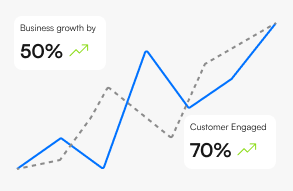
Grow Your Business with AI Agents
- Automate tasks
- Engage customers 24/7
- Boost conversions